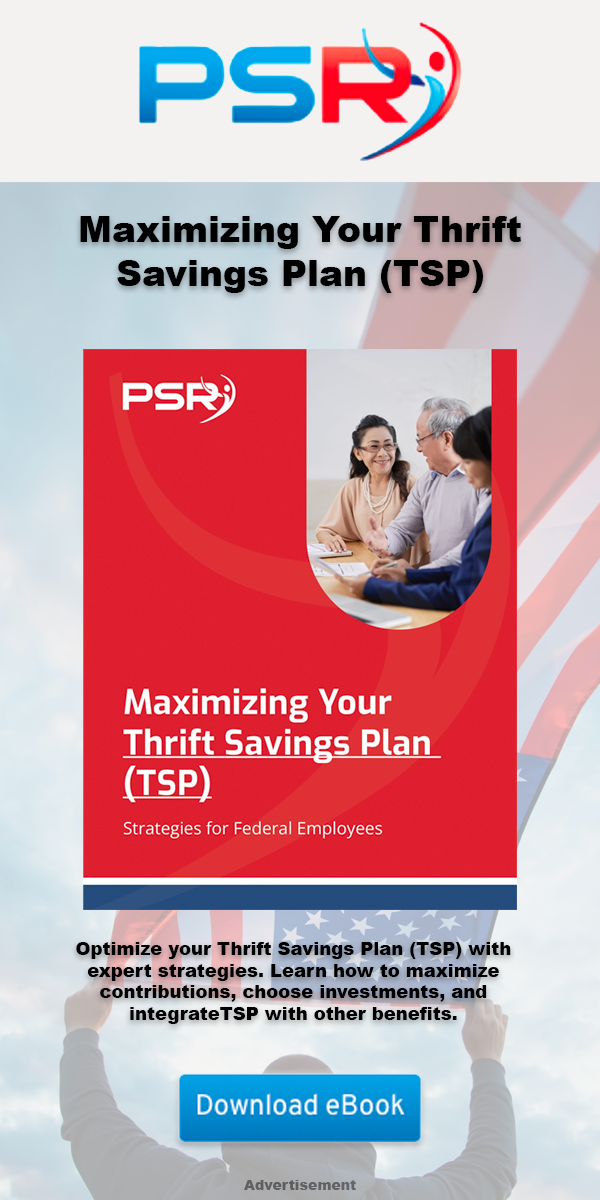Annuity, like other retirement plans, is a plan in which you pay a certain amount now, enabling you to receive a monthly allowance until your last breath.
The Thrift Savings Plan (TSP) annuity provider provides different services like:
Joint life annuity: This TSP is for you and your spouse or someone closer and dearer to you. Your joint annuitant is advisable to be part of the people with an insurable interest in you. The joint life TSP annuity allows you and your partner to receive monthly earnings as long as you are both alive or one dies, leaving the other partner alive. The pension still covers the monthly allowance of the survivor for the end of their life.
Single life annuity: The TSP single life annuity only offers you the monthly payment benefits as long as you are alive and stops after you die. This annuity plan can not be transferable to your partner.
100% survivor annuity: This is one of the benefits of the joint life annuity package. Choosing this pension plan allows the survivor to receive the same monthly amount you receive when both of you are alive. For instance, the monthly payment for you and your annuitant is $1000; when both of you are alive, the survivor will also get that amount if any one of you dies.
50% survivor annuity: The 50% survivor annuity plan is also not a bad idea. The monthly fees to the survivor will be 50% of the initial amount paid while both of you are alive. It is advisable to choose this plan option, especially if you are ten years older than your joint annuitant. It will serve as a windfall, not something you will rely on as a means of surviving.
Annuity payment options
You should choose the joint or single life annuity and consider the two payment options and the factors that affect the monthly annuity payments.
Level payment: If you choose this payment option for either the single or joint life annuity. You will receive the same amount of money monthly throughout your entire life for the single-life grant. While for a joint life grant, you and your joint annuitant will receive the same amount monthly every year without any increment. The survivor’s amount will later depend on whether you chose the 100% or 50% survivor annuity.
Increasing payments: This payment option might not be impressive to you because the amount paid per month is small compared to the level payment option. However, This increasing payment is preferable to the level payment due to the rapid economic growth. Things are changing every day, and your income should also be increasing. The annuity payment will be increased yearly by 2% on the first day of payment. Before March 2, 2020, the income from the TSP annuities rose between 0% and 3% annually based on the consumer price index.
The other side of this plan is that you can not choose this payment option if your joint annuitant is not your spouse.
Factors that can affect your monthly annuity payment include the following:
§ The amount you used to acquire the TSP annuity.
§ TSP annuity option you opt for (the single or joint life annuity).
§ Your age or the age of your joint annuitant when you bought the annuity.
§ The “interest rate index” when you purchase the annuity.
Additional features of TSP annuities
Providing payment for beneficiaries
You can provide payment options to your beneficiary(ies) in the annuity section of your TSP withdrawal form. Note that your monthly receivable amount will be lesser than when you did not choose any additional features.
Cash refund
Assuming you and your partner (if the joint annuitant is applicable) die before they pay you, the remaining amount of the TSP balance you used to obtain your annuity will be paid to your beneficiary(ies) in a heaping sum. This feature applies to any of the annuity plans.
Ten-year certain
If you buy the single life annuity, you can add the ten-year specific feature to your plan. The features give you 100% assurance that you or your beneficiary can receive your money until ten years if you are alive or dead. Also, if you live beyond ten years, you can still collect your monthly payment. Still, your beneficiary(ies) are not eligible for the annuity payment when you die.
Special considerations (spouse’s rights)
The additional pension feature gives your spouse rights over your annuity purchases whether you are together or separated. Presuming you are a uniformed officer or FERS, your spouse is legally eligible for a joint life annuity with level payments, no cash refund, and 50% survivor benefit. Suppose you have more than $3,500 and want to make a total withdrawal from your account; your spouse must sign the statement on your withdrawal form, which waives their right to it. In this case, you do not use the aggregate money to purchase the annuity.
Contact Information:
Email: [email protected]
Phone: 7735026467
Bio:
Todd Carmack grew up in Dubuque, Iowa, where he learned the concepts of hard work and the value of a dollar. Todd spent years in Boy Scouts and achieved the honor of Eagle Scout. Todd graduated from Iowa State University, moved to Chicago, spent a few years managing restaurants, and started working in financial services and insurance, helping families prepare for the high cost of college for their children. After spending years in the insurance industry, Todd moved to Arizona and started working with Federal Employees, offing education and options on their benefits. Becoming a Financial Advisor / Fiduciary can help people properly plan for the future. Todd also enjoys cooking and traveling in his free time.
Disclosure:
Investment advisory services are offered through BWM Advisory, LLC (BWM). BWM is registered as an Investment Advisor located in Scottsdale, Arizona, and only conducts business in states where it is properly licensed, notice has been filed, or is excluded from notice filing requirements. This information is not a complete analysis of the topic(s) discussed, is general in nature, and is not personalized investment advice. Nothing in this article is intended to be investment advice. There are risks involved with investing which may include (but are not limited to) market fluctuations and possible loss of principal value. Carefully consider the risks and possible consequences involved prior to making any investment decision. You should consult a professional tax or investment advisor regarding tax and investment implications before taking any investment actions or implementing any investment strategies.












